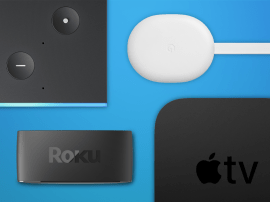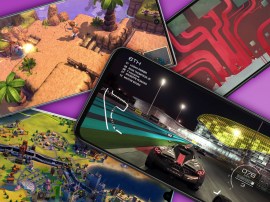Nothing Phone 3a review: this is the one you want
A keener price means Nothing fans shouldn't overlook the Phone 3a
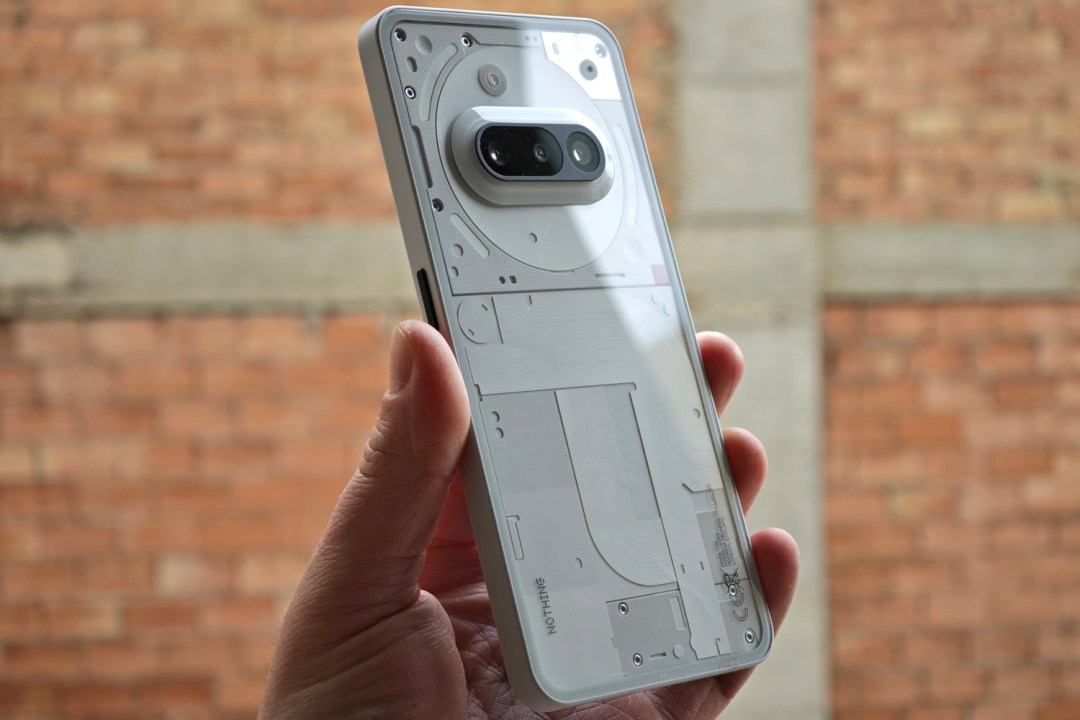
Stuff Verdict
By closely sticking to what made its predecessor such a success, the Nothing Phone 3a delivers a superb all-round experience for affordable money.
Pros
- Mid-tier performance and battery for considerably less cash
- Familiar Nothing hallmarks like glyphs and widget-based OS
- Capable cameras for the money, with mature processing
Cons
- Essential space hasn’t proven very essential so far
- Can’t match the 3a Pro for zoom clarity
Introduction
I only needed to spend a few minutes with the Phone 3a to know Nothing’s reputation as a cheap phone specialist is staying very much intact in 2025. This $379/£329 bargain brings back everything fans have come to expect from the brand – unique looks, fun features like glyph lights, and performance you’d expect from the class above. It also adds a new twist on AI, using tech to organise your captured content into something more easily digestible.
The Phone 3a Pro it launches alongside does throw up some questions, though. That phone gains an even more potent zoom lens – but makes room for it with a rather controversial camera bump, and demands considerably more cash. With almost everything else being equal, is the regular 3a the one that’s more deserving of a place in your pocket?
How we test smartphones
Every phone reviewed on Stuff is used as our main device throughout the testing process. We use industry standard benchmarks and tests, as well as our own years of experience, to judge general performance, battery life, display, sound and camera image quality. Manufacturers have no visibility on reviews before they appear online, and we never accept payment to feature products.
Find out more about how we test and rate products.
Design & build: a friendlier face
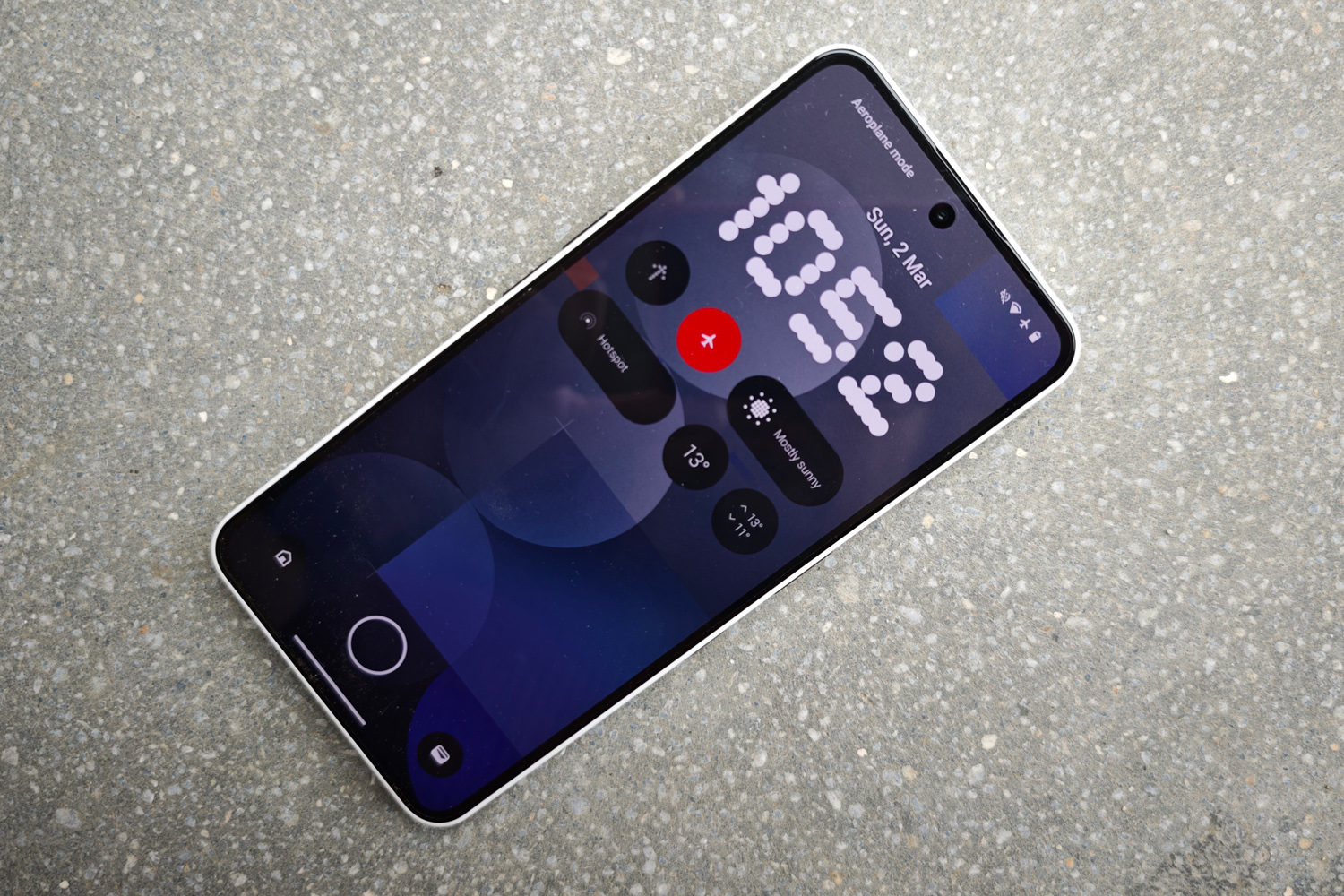

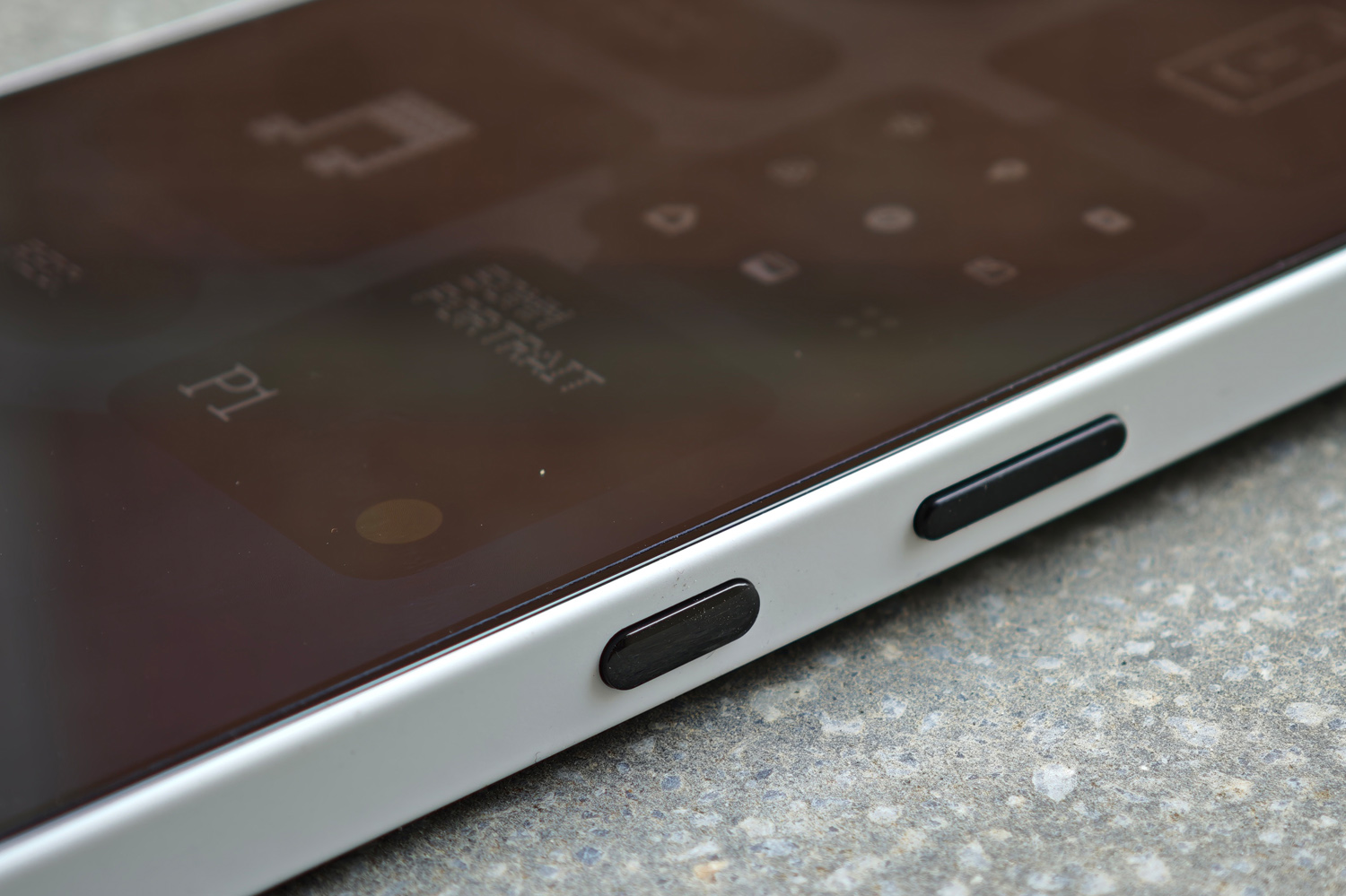
Phone 3a more of an evolution from the last-gen 2a than its bigger brother, which has adopted a controversial camera bump in order to make space for a periscope telephoto. Here you’re getting a simpler set of snappers that don’t stick out nearly as far, so the rear is a lot subtler. Or as subtle as a semi-transparent phone with illuminated glyph LEDs can be, anyway.
I’m firmly on the side of the 3a as far as looks go, which are as distinctive as Nothing’s previous efforts without leaning into the wider phone world trend for big circular camera modules. I really like my review unit’s Stormtrooper-esque white colour, too: it really shows off the circuit-inspired graphics, which are apparently now more reflective of the actual hardware underneath, and is a proper head-turner when the lights blink into life. The blue variant gives me more R2-D2 vibes, while the black model is about as incognito as a Nothing phone gets. Which is to say, not very.
Nothing has swapped from plastic to glass on the back, which makes Phone 3a feel that much nicer to hold than its predecessor. The frame is still made from polycarbonate, and is the biggest indicator this is a budget phone – but that’s not to say it feels at all cheap. The flat sides give plenty of room to grip the phone, and the matte finish keeps fingerprints at bay.
Speaking of fingers, Nothing still puts its under-display fingerprint sensor a bit too close to the edge of the phone for my liking. It’s quick enough, but I had to reposition my hands a lot when unlocking it. You’re also only getting basic facial recognition here, not the kind that can authenticate banking apps.
A thumbs up to Nothing for improving water resistance: You get an IP64 rating here, up from IP54 on the old phone. That’s not the very best you’ll get on an affordable phone, admittedly, so you’ll still wan to avoid complete dunkings.
The big new addition is the Essential button, which sits beneath the power button on the phone’s right edge. The more bulbous shape is meant to make it easier to tell the two apart, but I’d sometimes only realise after I’d pressed one, when I was actually wanting the other. More on what it actually does in the Software section below.
Screen & sound: slender fan
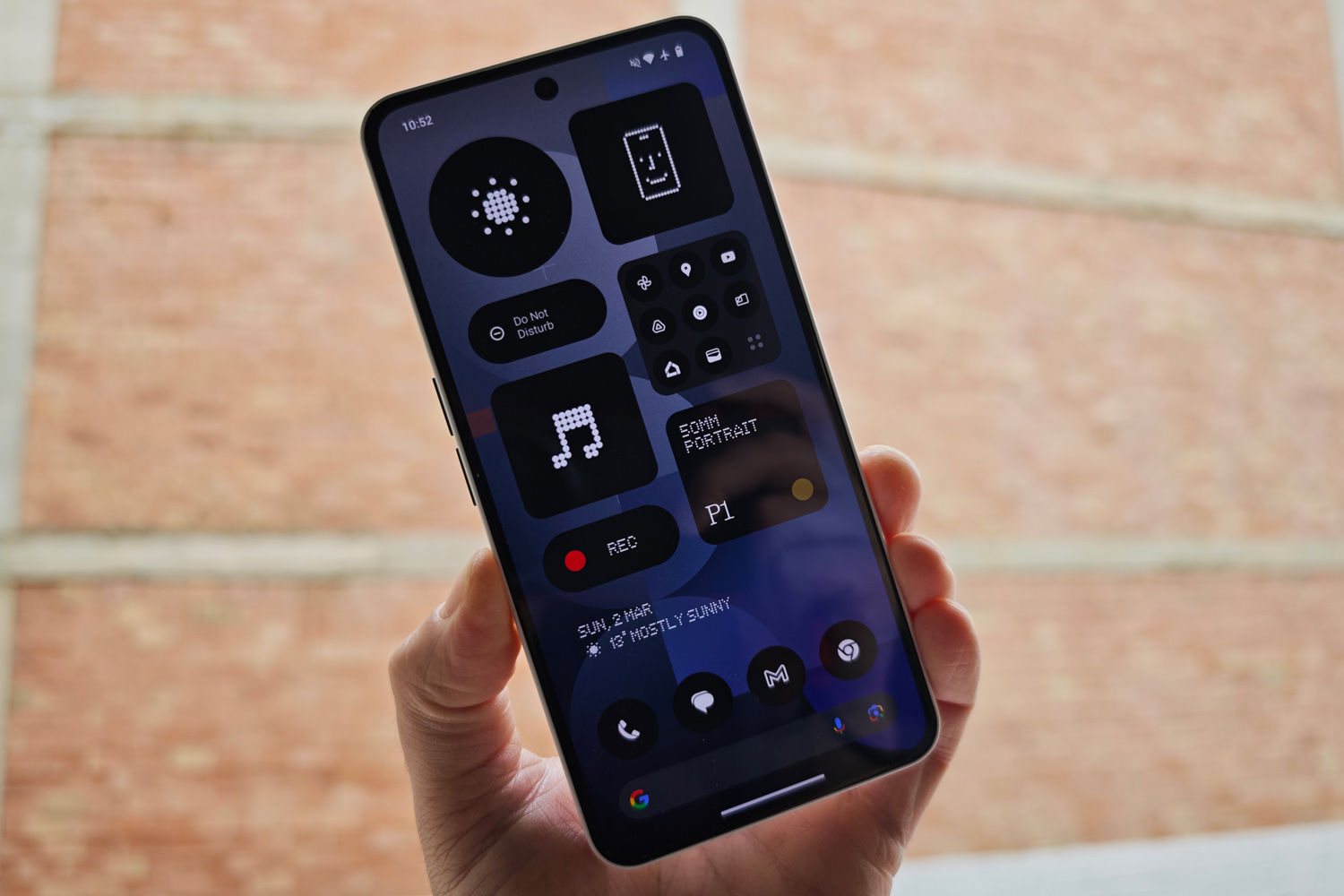
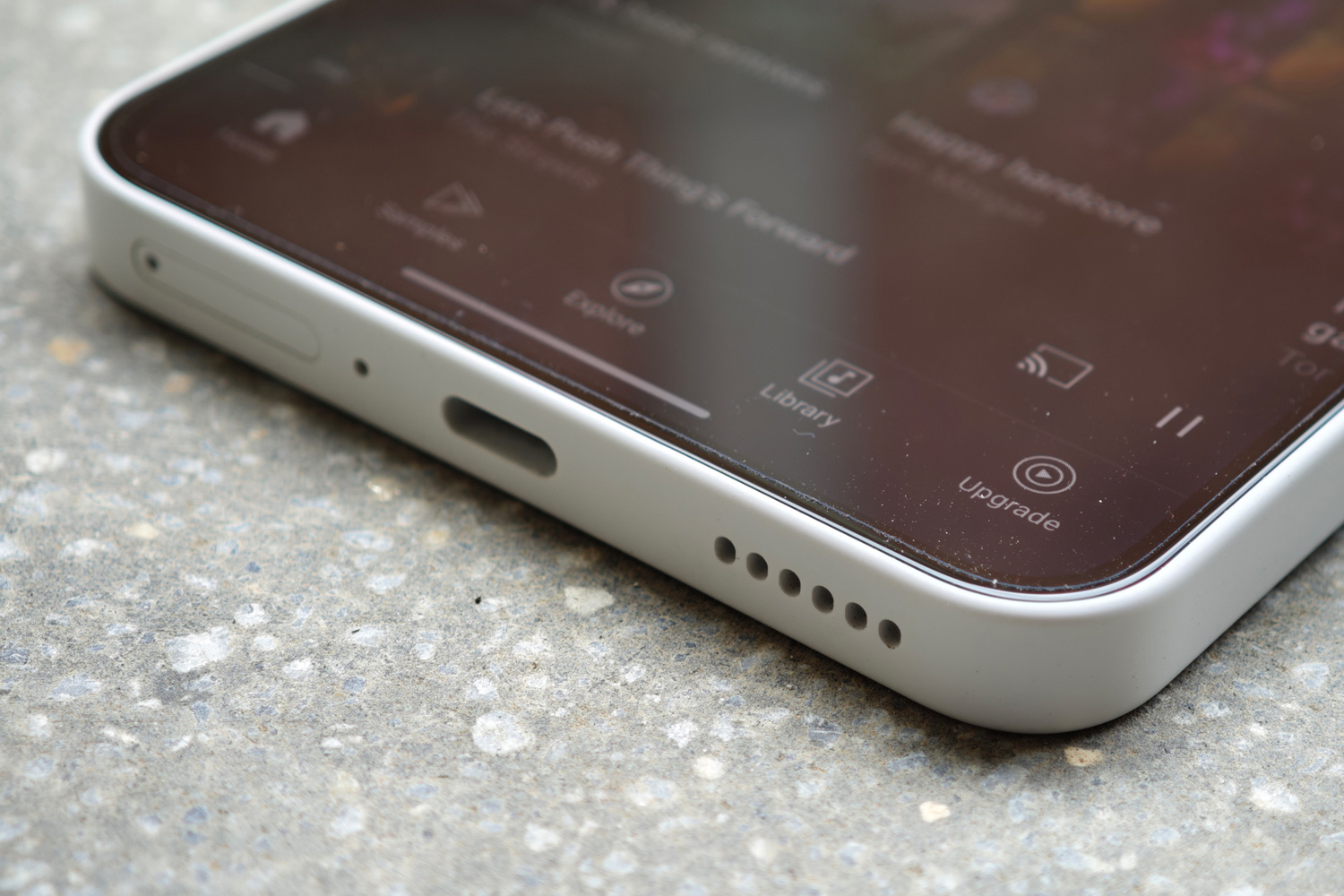
At 6.67in, the Phone 3a manages to squeeze in the teensiest bit of extra screen space over the outgoing Phone 2a. The resolution is pretty much the same, and there’s still an AMOLED panel underneath, so it continues to punches above its weight on the display front.
You’re getting a 60-120Hz adaptive refresh rate here, which is quick enough to respond to swipes and scrolling that I never felt the need to force 120Hz on all the time. Colours are wonderfully vivid – perhaps even a tad too much, if you prefer a more natural presentation. That’s an option if you five into the display settings. Contrast and black levels are as good as I’d expect from an OLED phone, while viewing angles are spot on.
Brightness has taken a serious step up between generations, so Phone 3a now maxes out at a peak 3000 nits. That’s an unrealistic figure for day-to-day use, but there’s still enough shine in the High Brightness Mode (HBM) to make it comfortable to view most content while outside – and competitive with most other affordable phones.
Sound quality is more in line with the Phone 3a’s bargain price, with a similar down-firing main speaker and earpiece tweeter as last year’s Phone 2a. Volume is decent enough, but there’s very little low end and things can sound quite sharp when you crank it up. That’s not a bad result, per se – more that Nothing hasn’t overdelivered like it has elsewhere.
Cameras: is this enough zoom? That depends
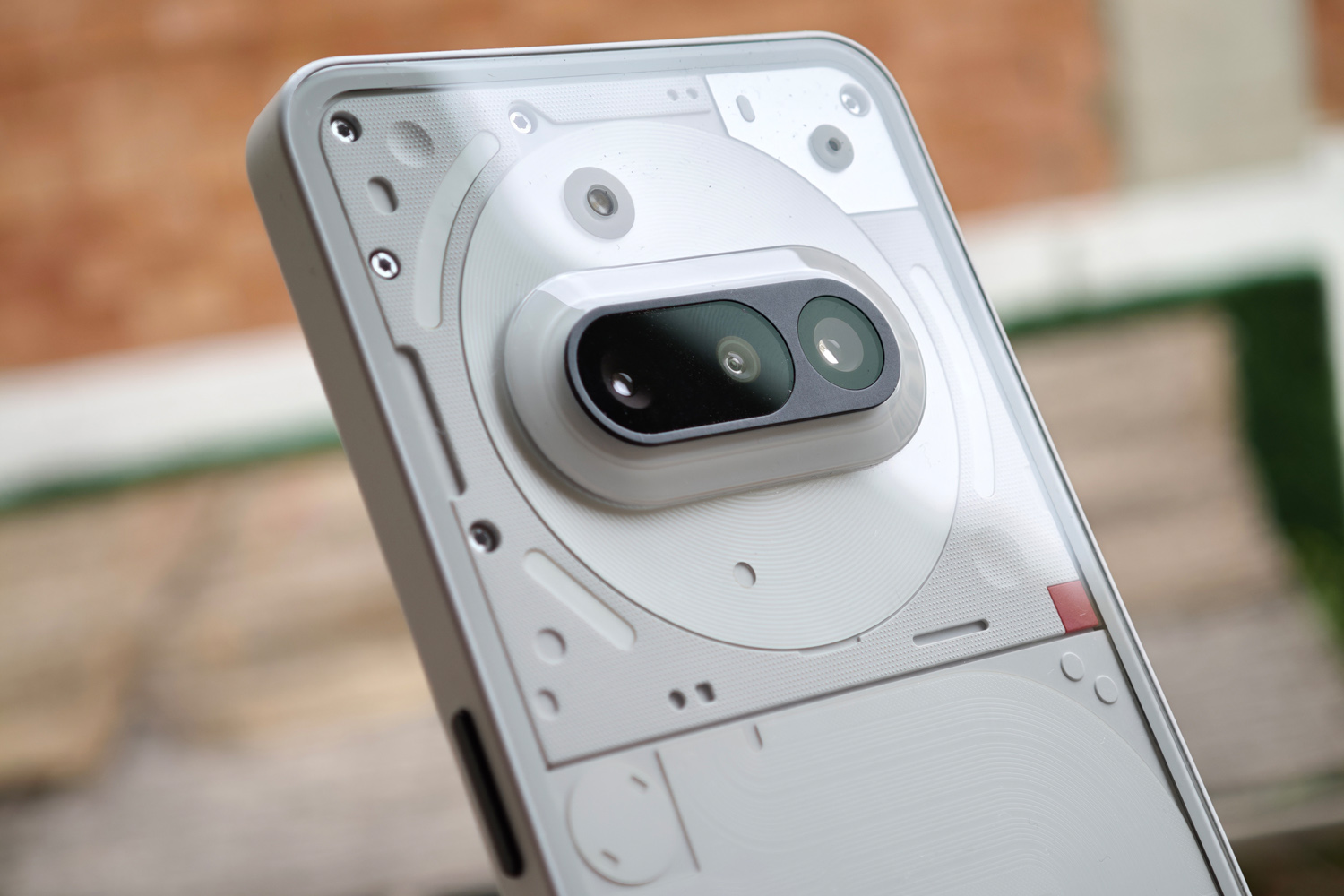
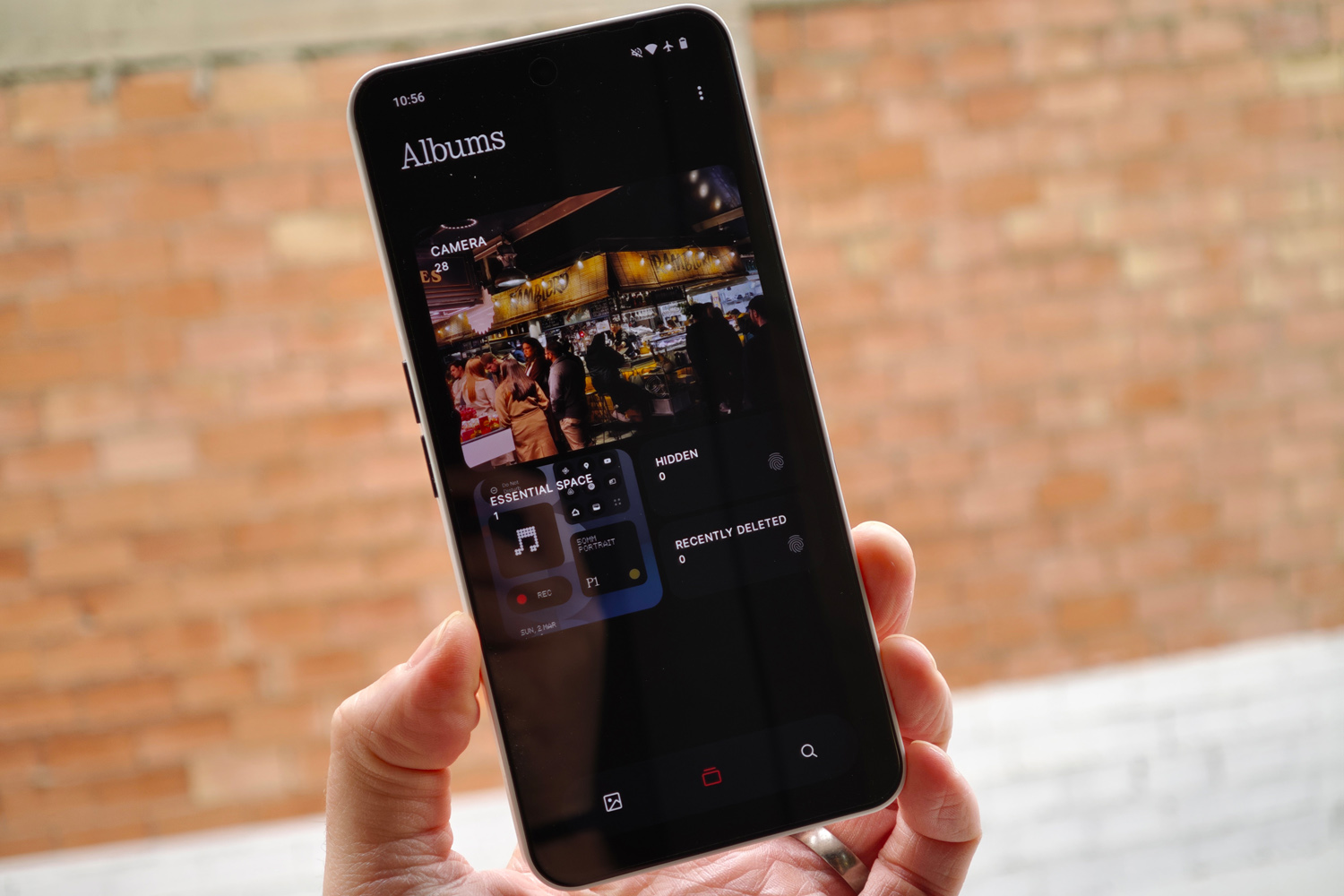
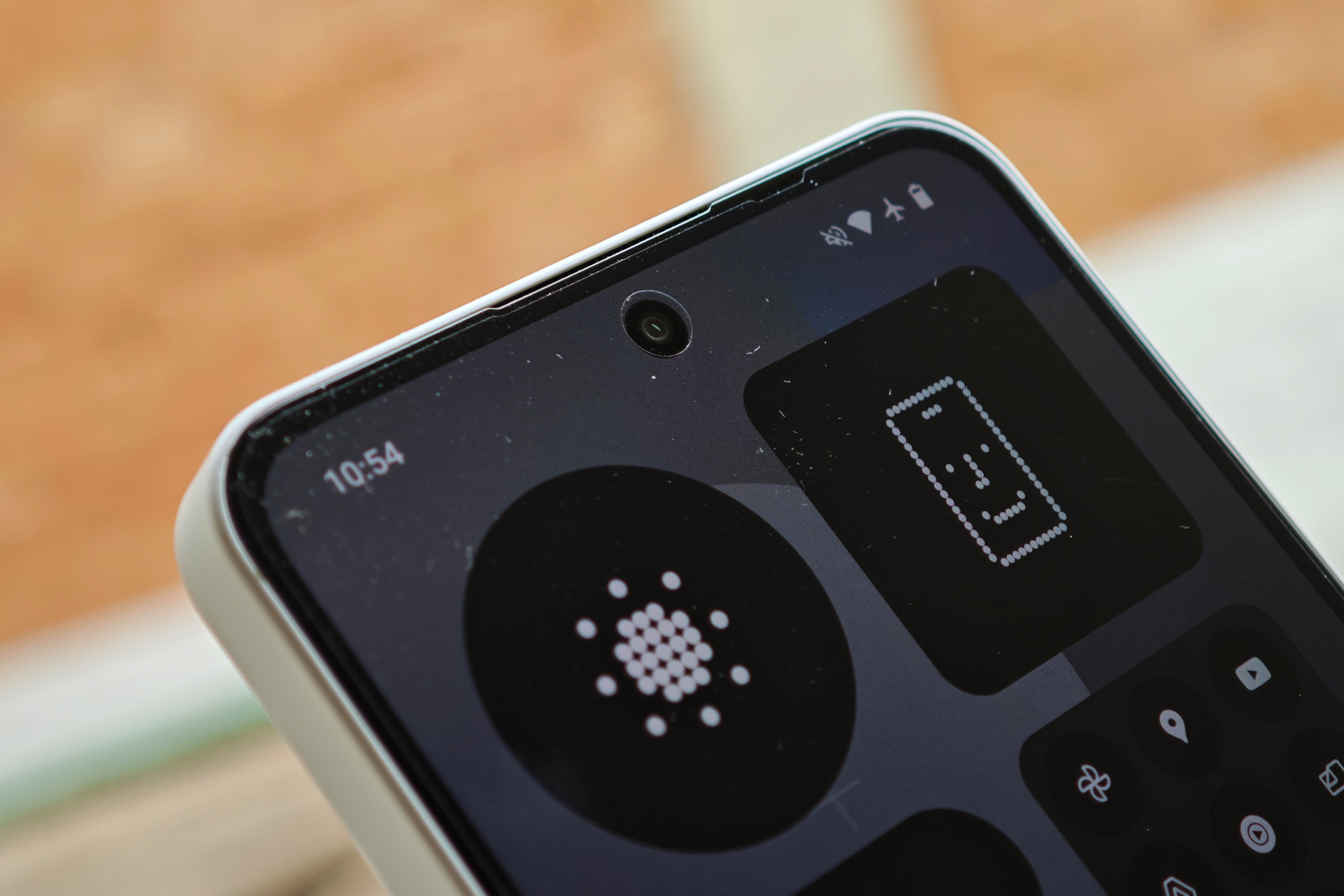
Both the Phone 3a and Phone 3a Pro have three rear cameras: a 50MP main snapper, 50MP zoom lens, and an 8MP ultrawide bringing up the rear. Except here that telephoto maxes out with 2x optical magnification, instead of the Pro’s 3x. Sensor cropping does extend your reach to 4x with no major quality impact, but you’re simply not getting as close to your subjects with a Phone 3a in your pocket.
Does that matter in the real world, though? The Phone 3a still proved to be an excellent travel companion during a week in Spain, where I was able to snap colourful and contrast-heavy shots in most lighting conditions. During the day, I was able to shoot skateboarders in motion at 4x quite convincingly, and it’s only when comparing side-by-side with the pricier Pro that you’ll notice the regular 3a’s limitations. Digital zoom maxes out at 30x here, rather than the Pro’s 60x, but I rarely went that far with either phone; artifacts are way more prominent, noise jumps up, and detail takes a dive as magnification increases.
The differences are more pronounced at night, but ultimately it’s up to you whether that one aspect is worth an extra $80/£110.

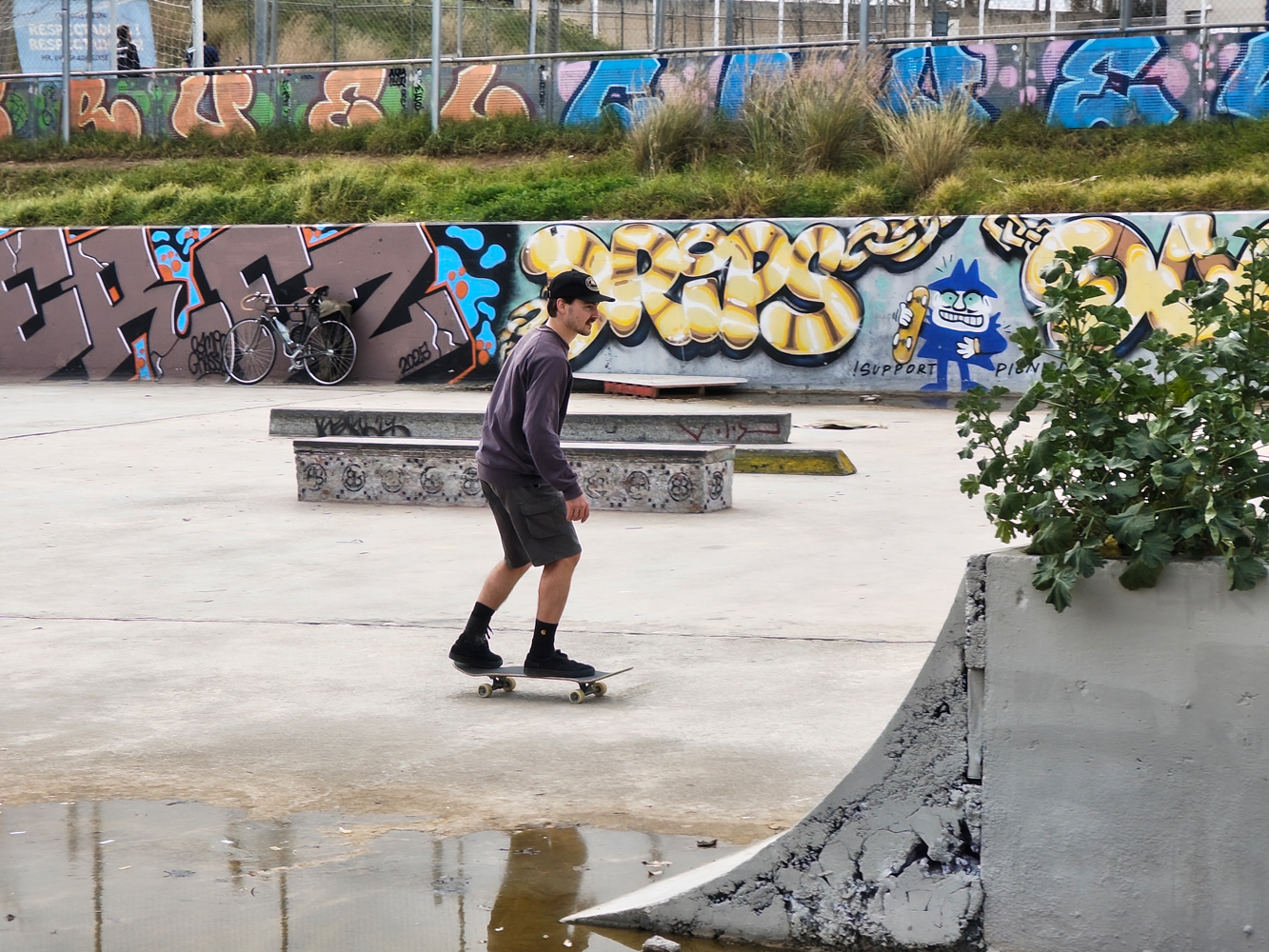



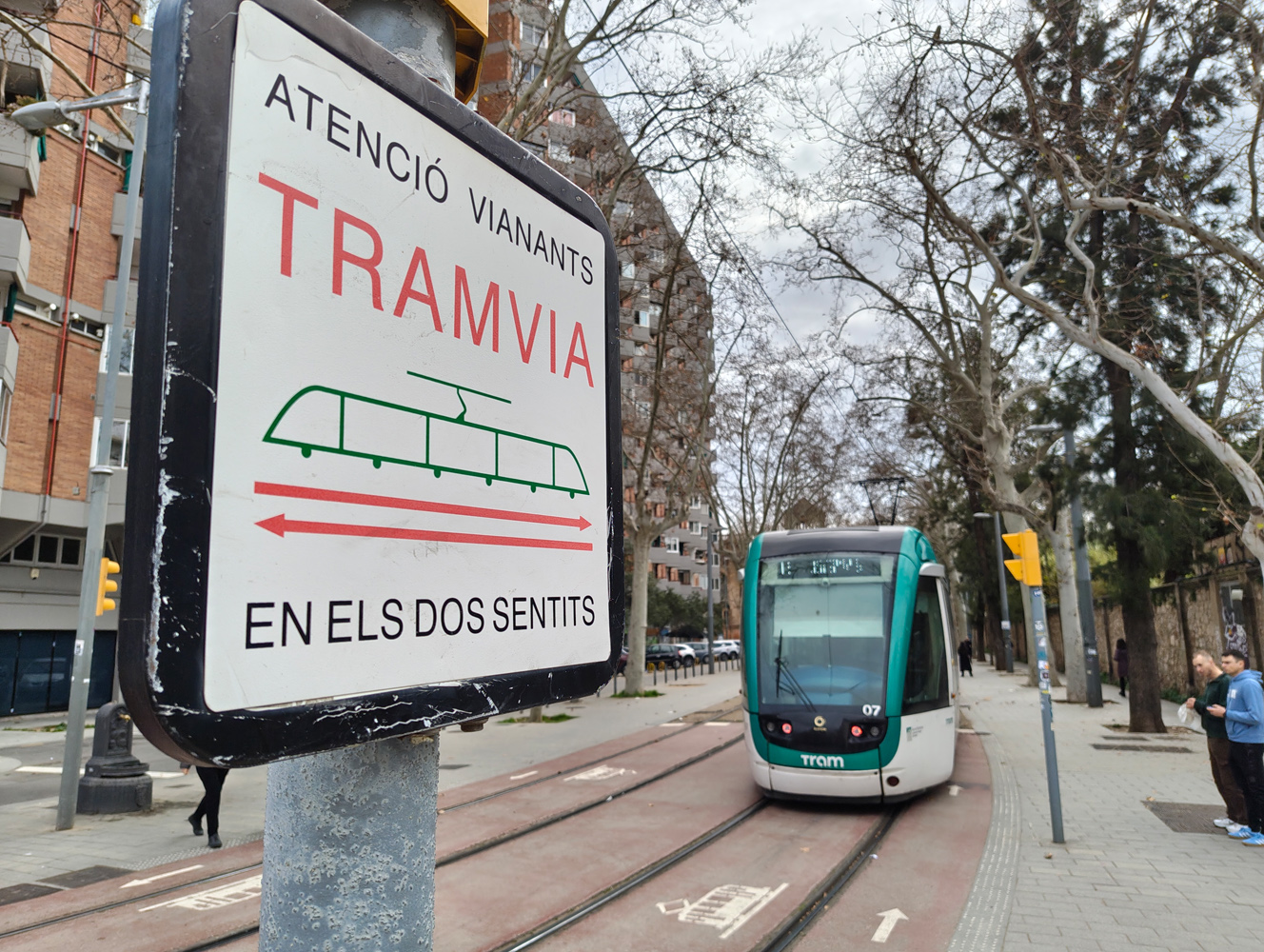



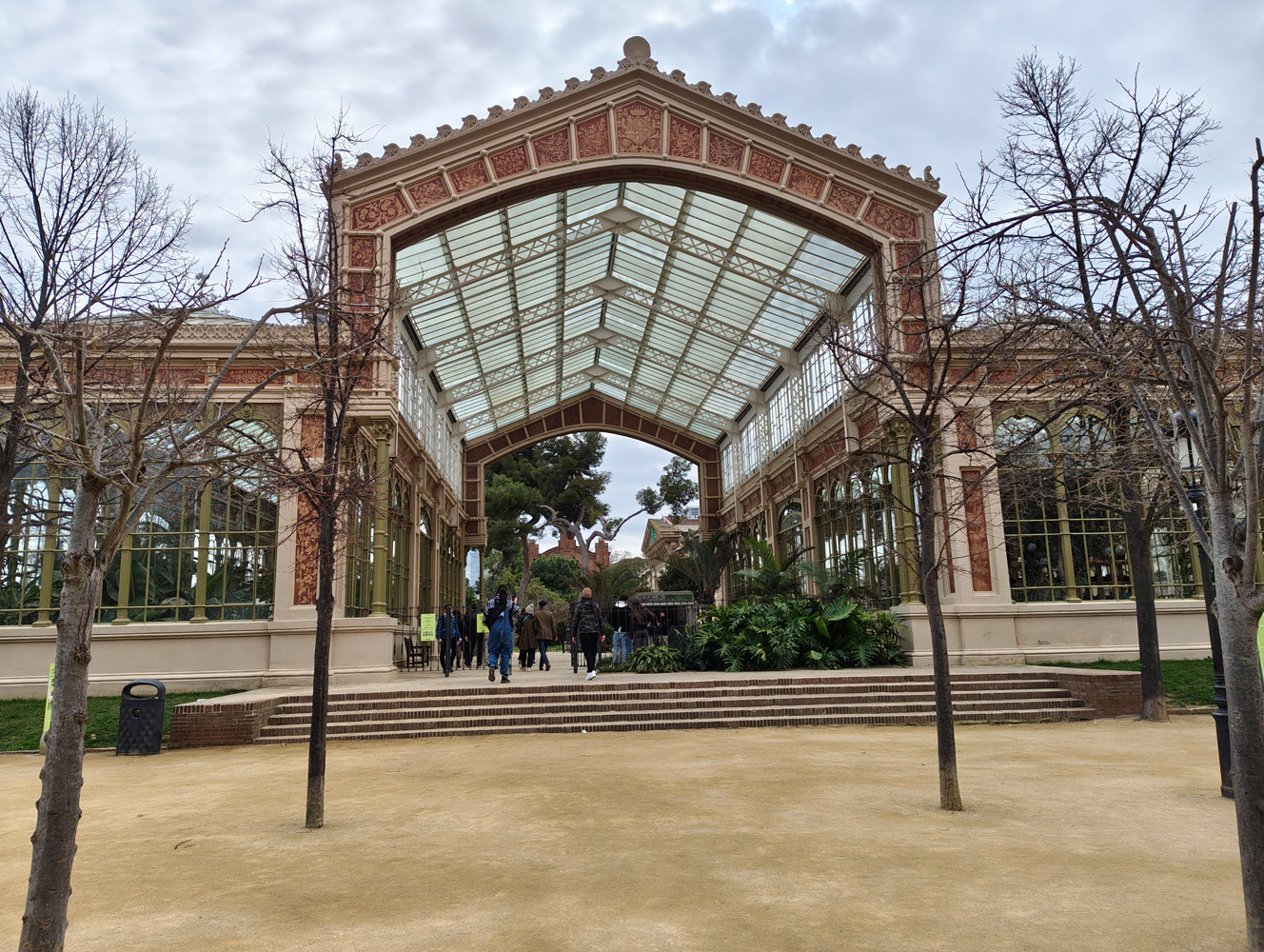

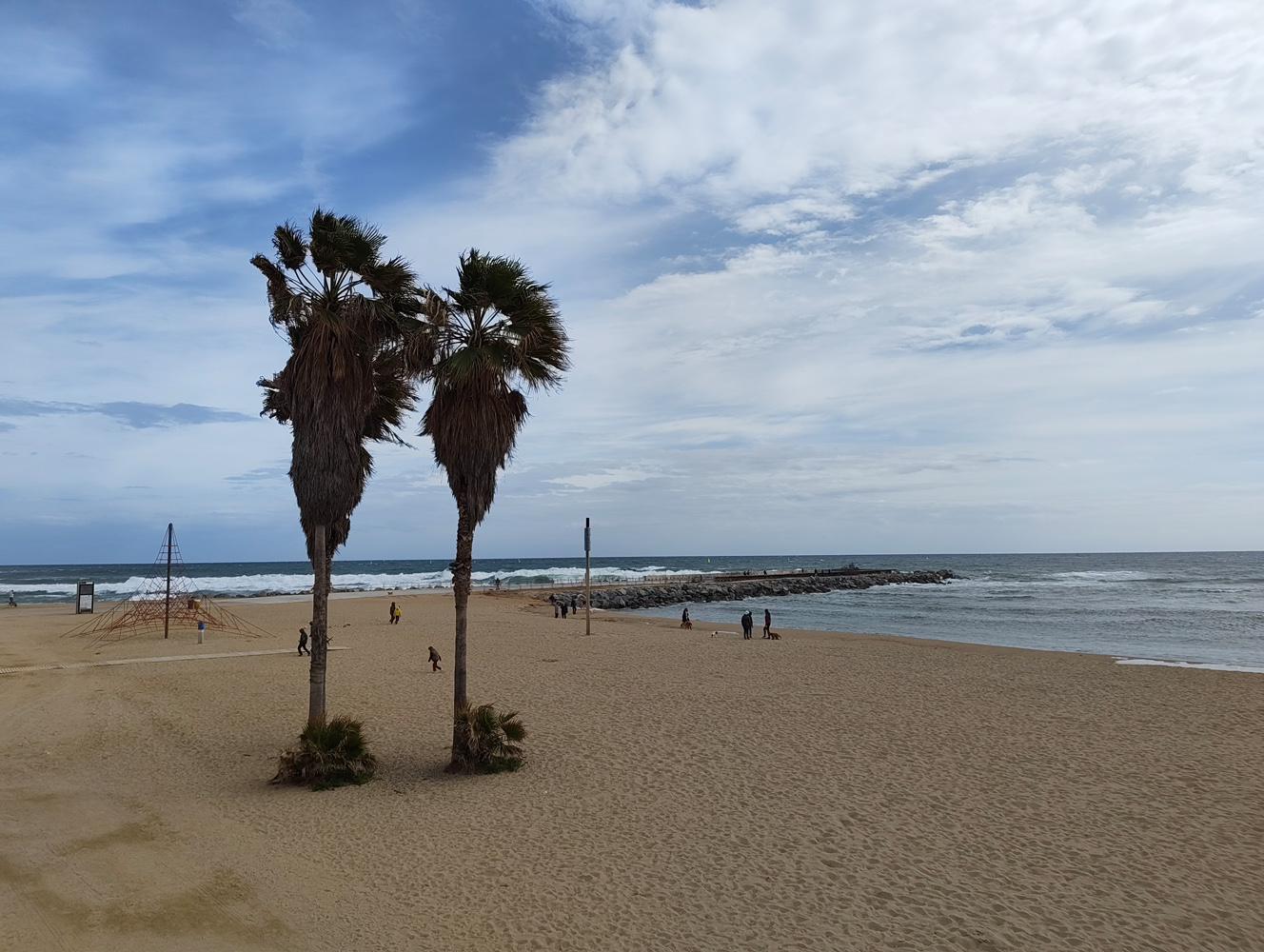
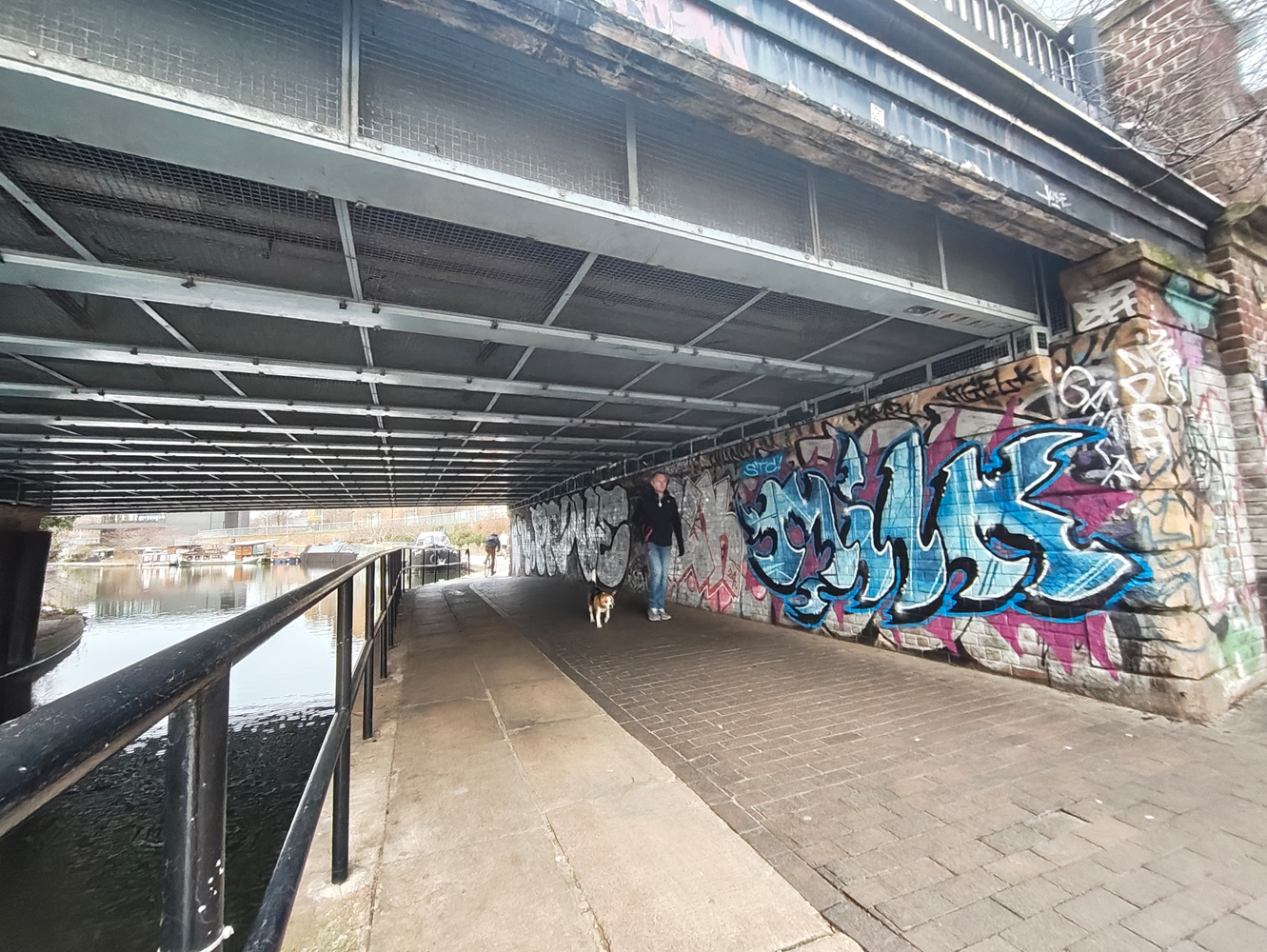
Otherwise, this is a very convincing cameraphone for the cash. The optically stabilised main shooter copes well in low light, maintaining a fast enough shutter speed to freeze a market full of shoppers rather than turn them into ghostly apparitions. There’s a good amount of detail on show, dynamic range is pretty great and colours are quite impactful.
I did notice a few situations where the ultrawide’s exposure and colour weren’t quite on the same level as the other two sensors, and there’s no question it fails to compete on clarity – there’s just not enough pixels to work with. The 120-degree field of view is usually wider than the main camera, though, so I still reached for it when there was no way to fit a subject in the frame normally.
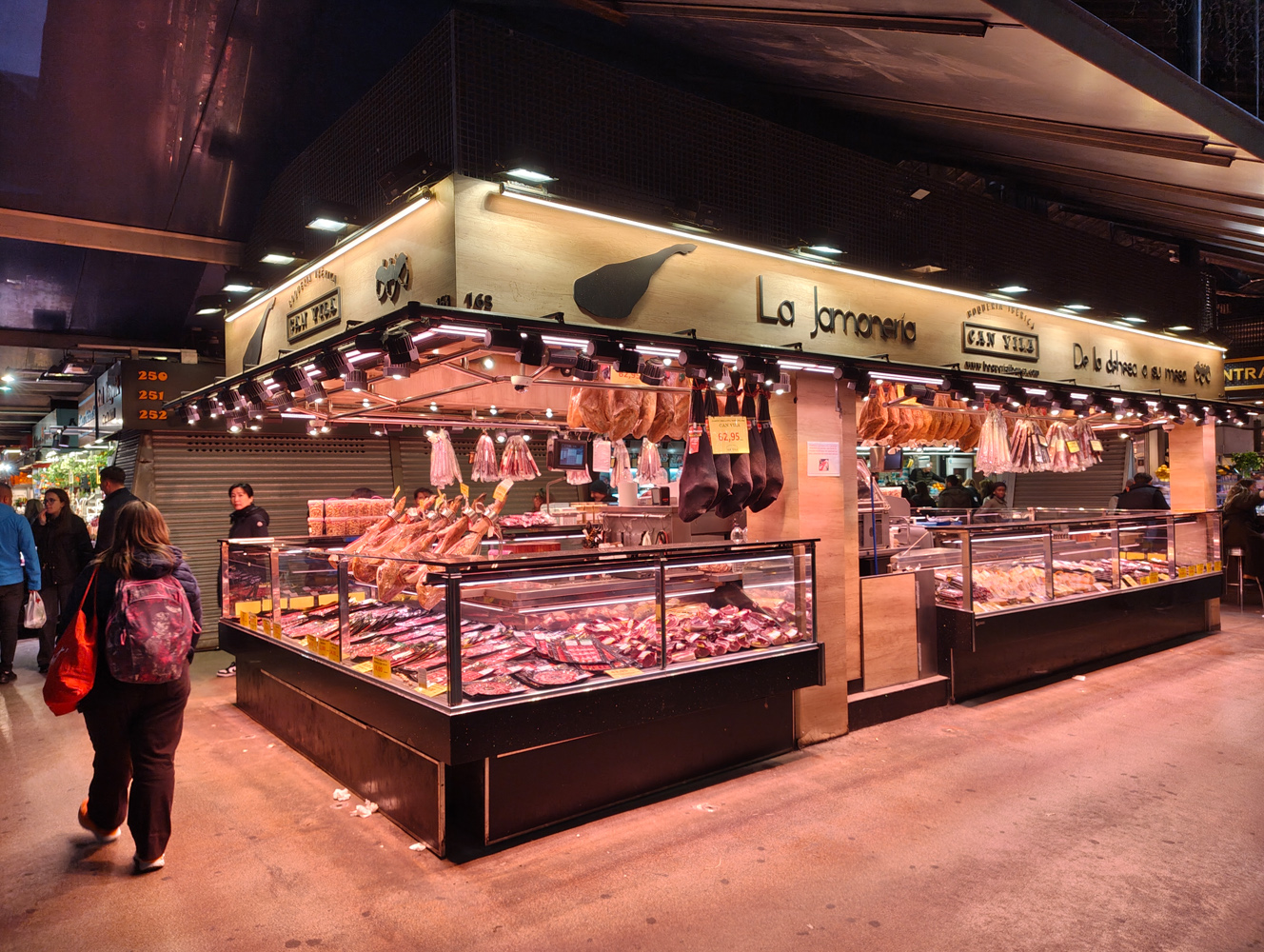

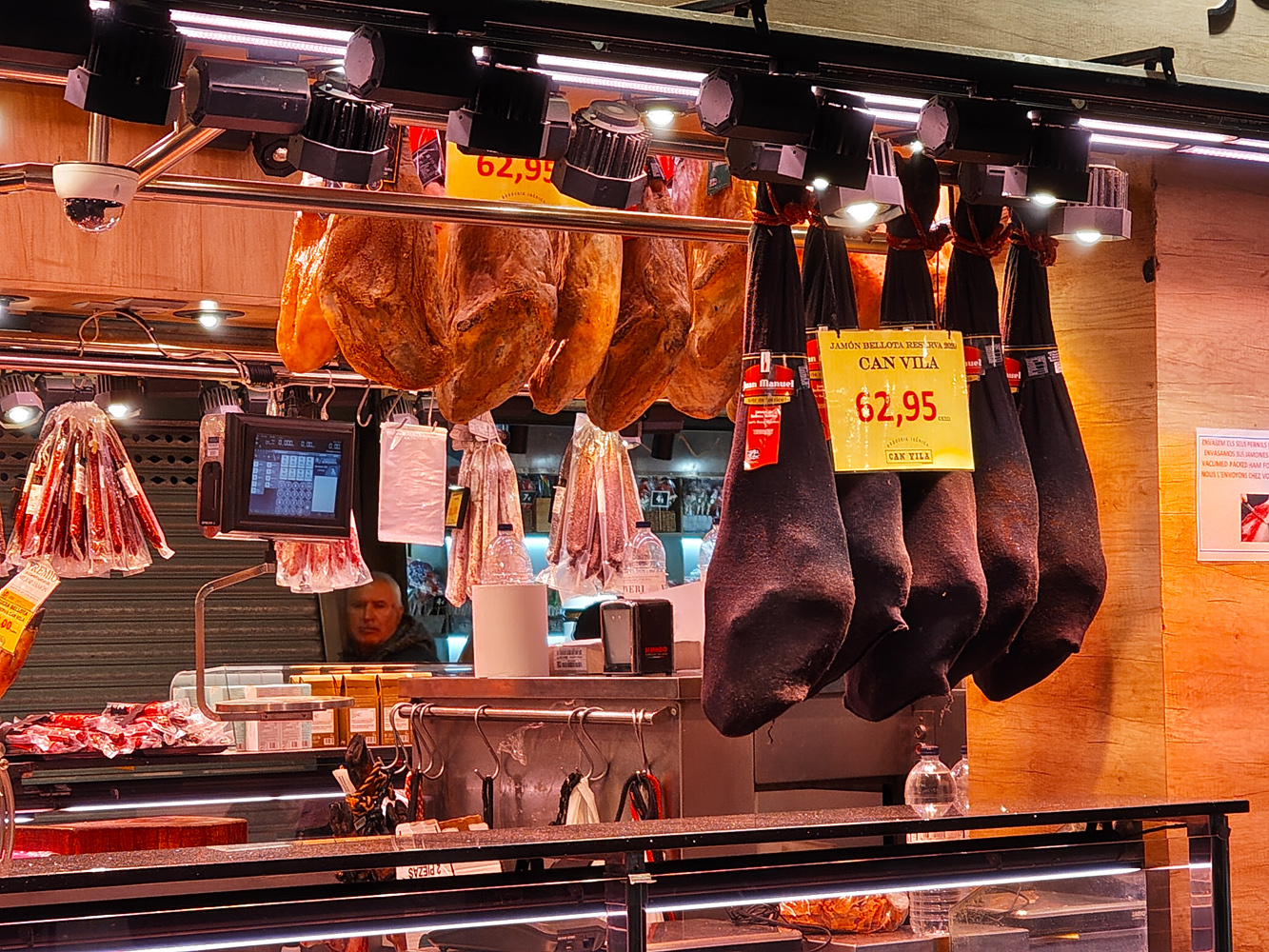




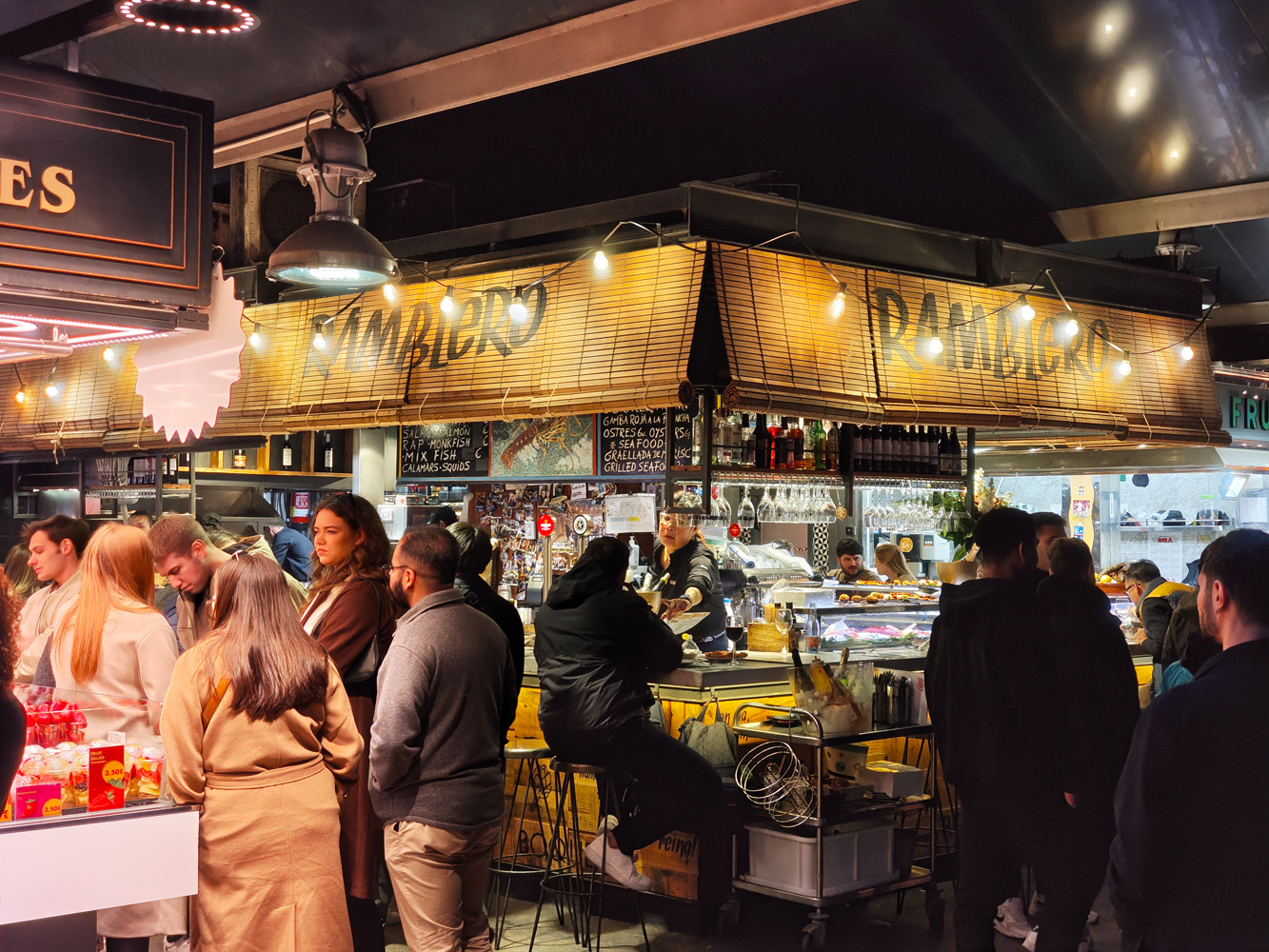

The front-facing cameras gets a 32MP sensor, rather than match the Pro’s 50MP snapper, but there’s hardly a night and day difference. Unless you shoot more selfies than anything else, don’t let it factor into your buying decision. And while Google’s Pixel 8a continues to set the bar for sub-$500 phones in almost all situations, the fact this significantly cheaper model gets as close as it does is impressive indeed.
Software experience: might be Essential one day
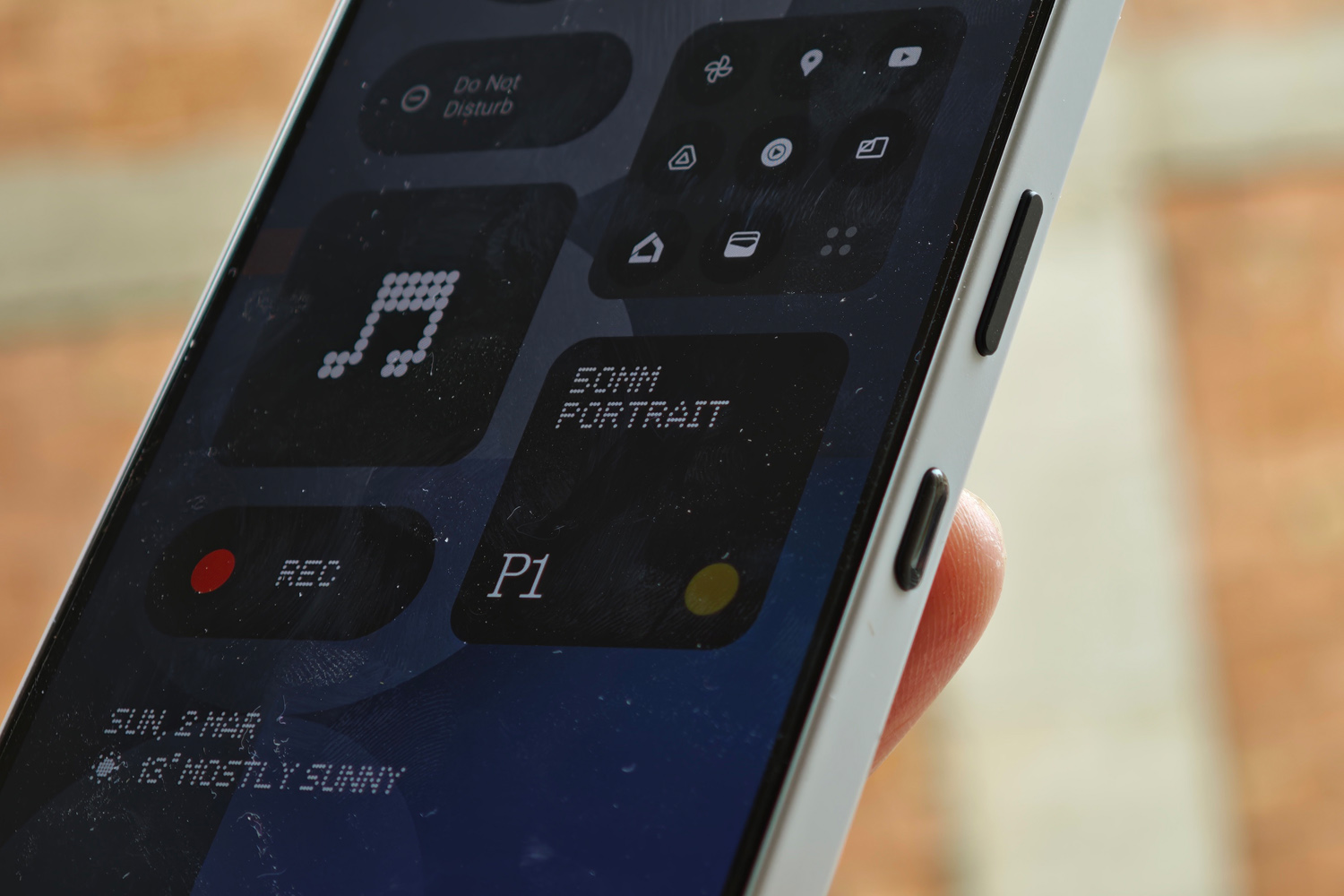
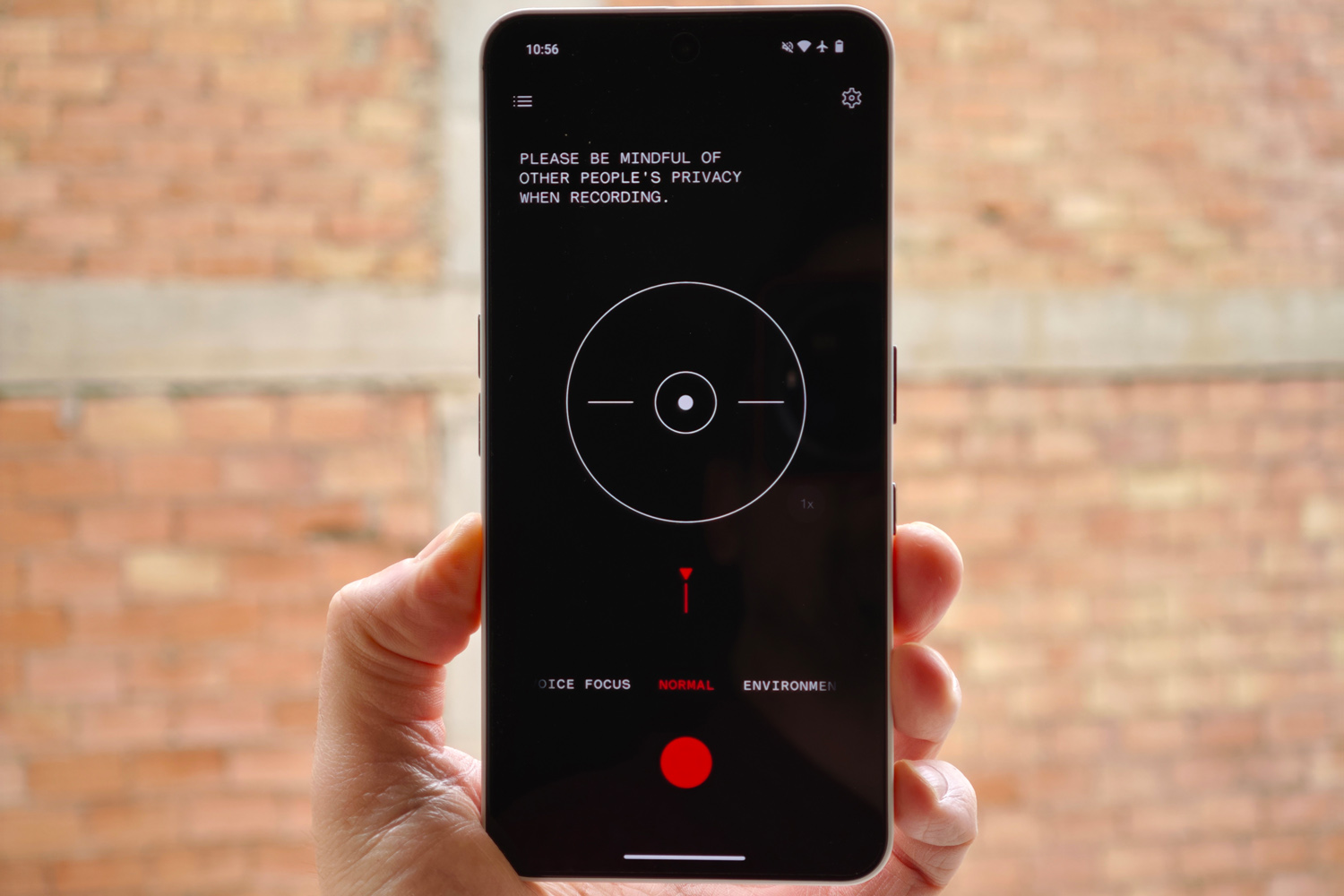
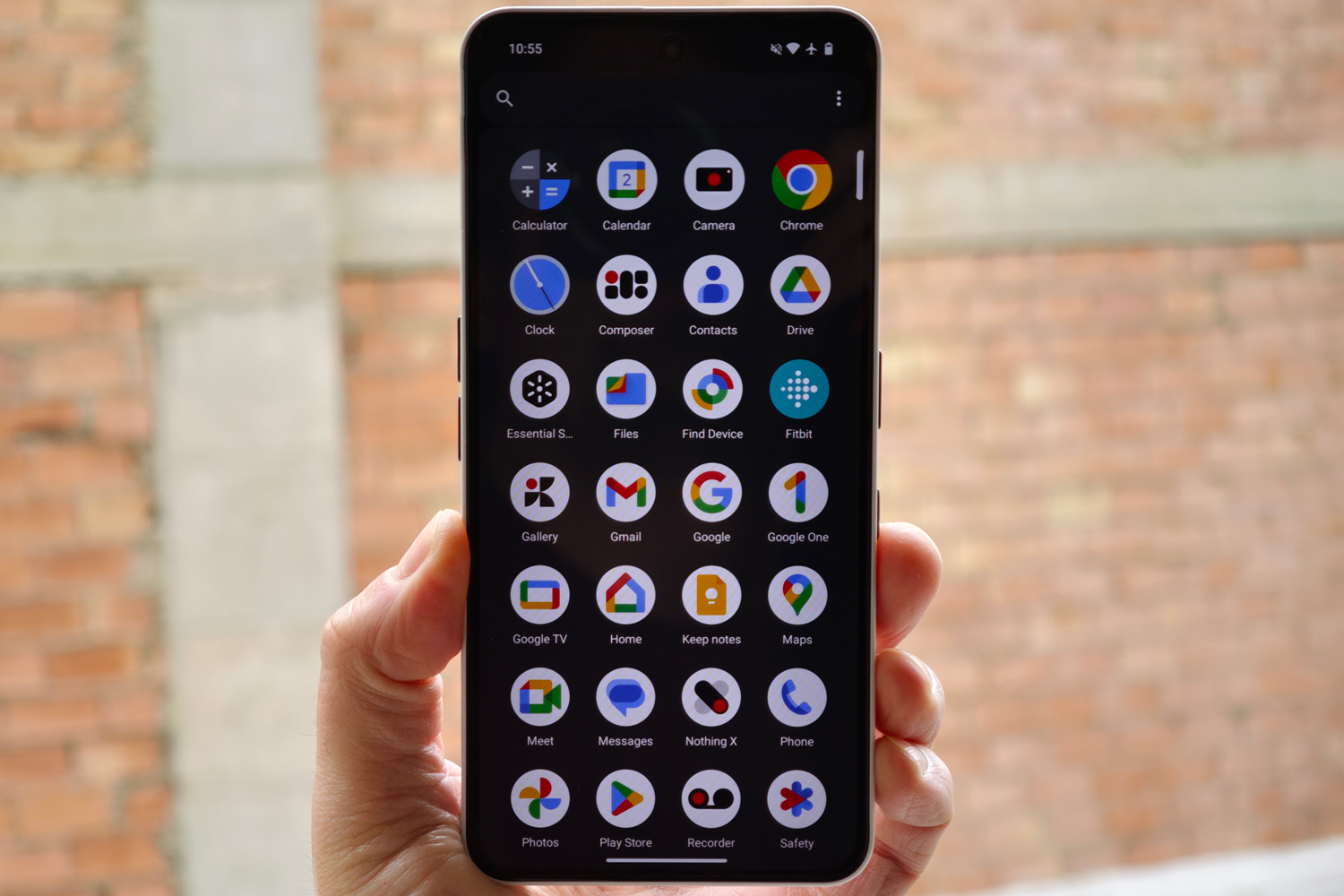
Nothing isn’t immune from the wider phone world’s obsession with AI, but the fledgling firm is at least trying something a little different for Phone 3a. Essential Space is a new app that uses artificial intelligence to organise and add context to your screenshots and voice notes, stopping them from cluttering up your camera roll and file manager.
Prodding the dedicated button at the side of the phone takes a screenshot, while holding it down records a voice memo. A double-press takes you into the Hub, where everything gets sorted automatically. Audio is transcribed via the cloud, and summaries are generated. Eventually it will be able to recognise text inside images, but the feature set is pretty limited today. And given I wasn’t big on voice notes to begin with, I rarely reached for the Essential key after my initial testing. Perhaps that’ll change as Nothing expands the app’s abilities.
It doesn’t take anything away from what is otherwise one of my favourite takes on Android, with a level of design consistency and fun yet functional widgets you just don’t find anywhere else – including well-established flagships. Nothing OS 3.1 now lets you customise the lockscreen too, and expands its pool of own-brand apps with a photo gallery.
Bloatware simply isn’t a thing on Nothing phones, with just the usual Android defaults and the handful of pre-installed Nothing apps – which aside from the photo gallery, aren’t dupes of Google’s own. A few under-the-hood code tweaks help make everything feel a tad more responsive, too.
It might be time for Nothing to step up its long-term software support, though. You’re getting three new Android generations here, or half what the Google Pixel A-series offers. Something to think about if you want a phone to last you well into the next decade. Still, six years of promised security updates is a great showing for an affordable handset.
Performance & battery life: more than enough for the money
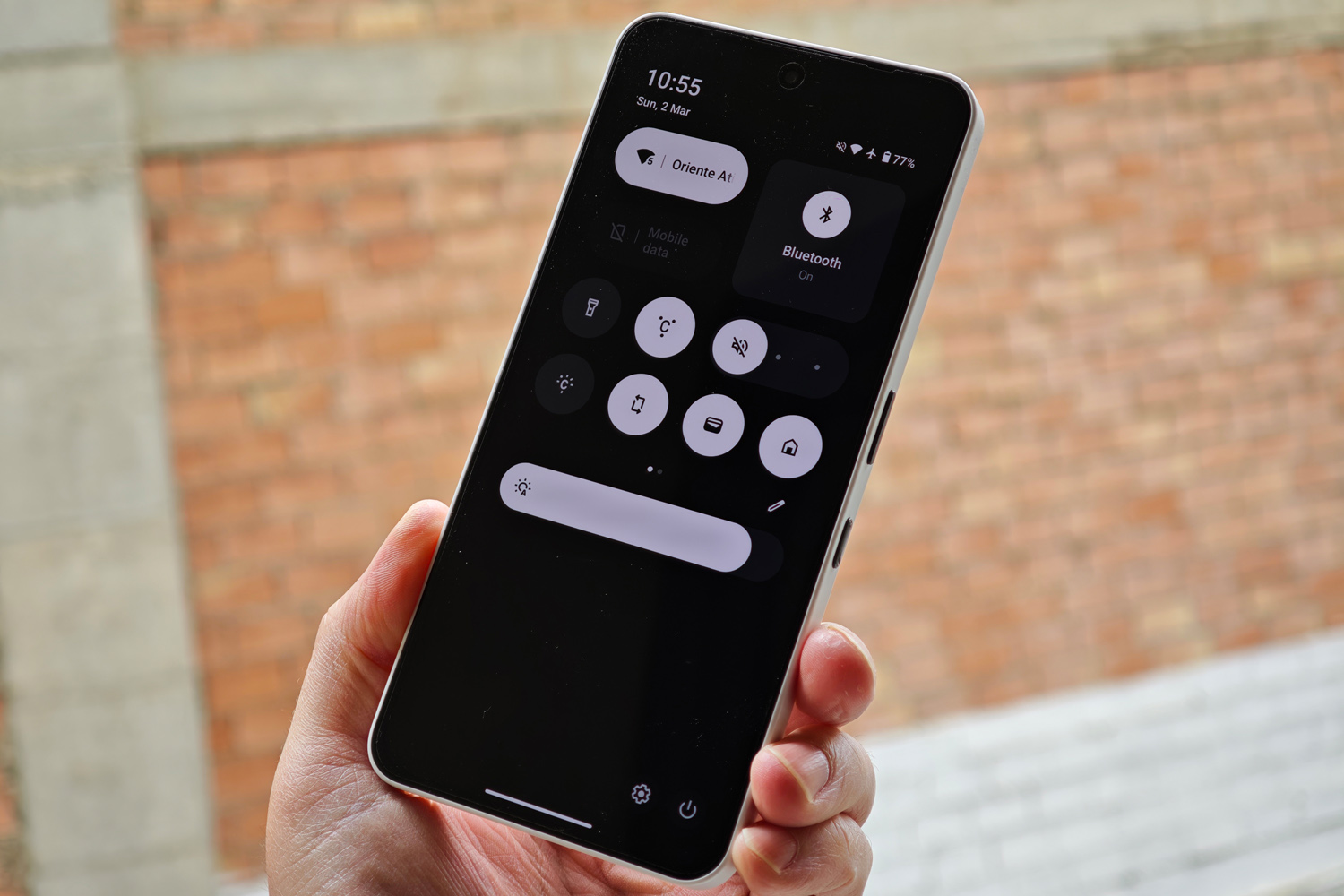
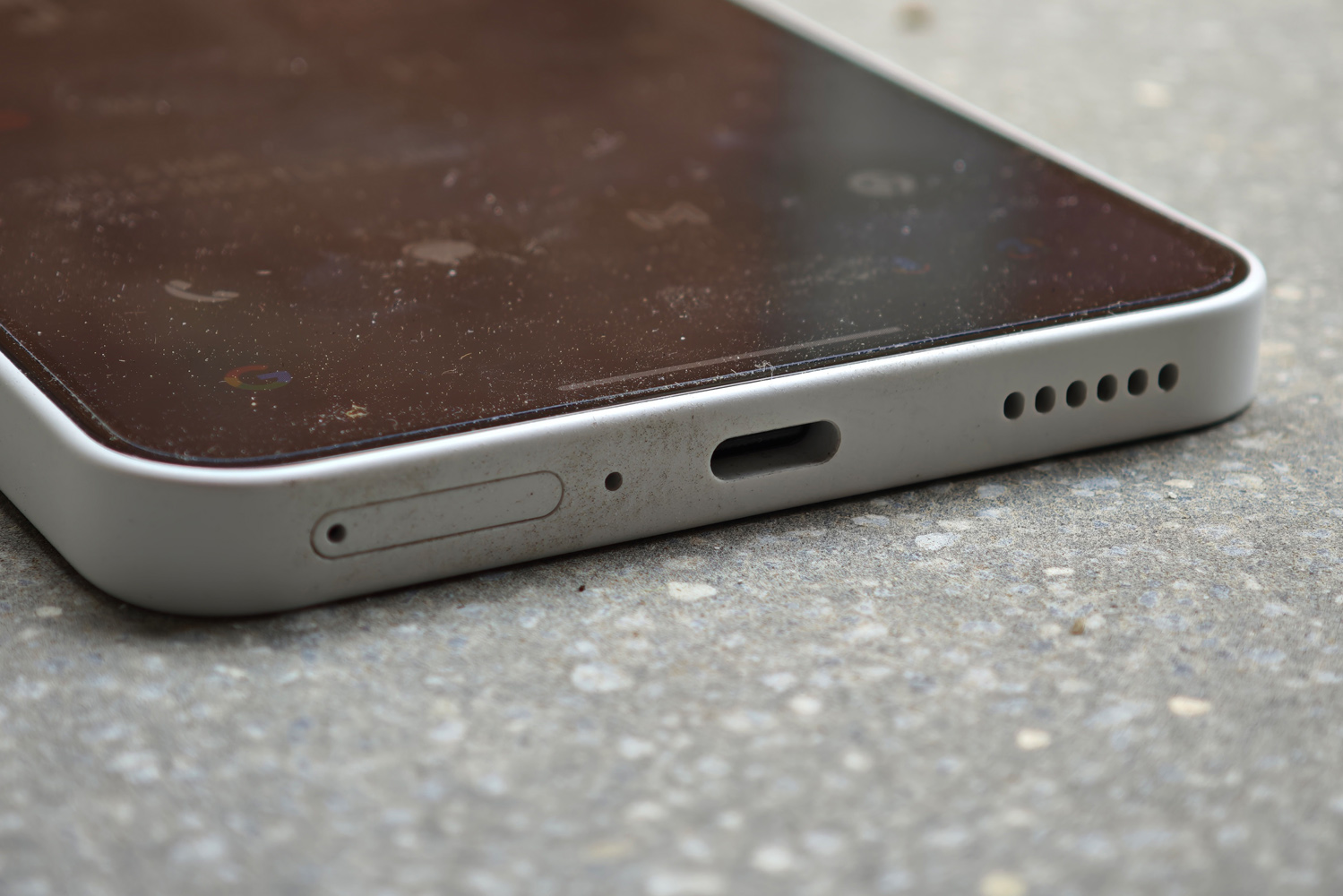
Well that’s one way of silencing the small section of Nothing’s fanbase irked about the outgoing Phone 2a being powered by MediaTek. This sequel swaps to Qualcomm silicon. A Snapdragon 7s Gen 3 runs the show, along with either 8 or 12GB of RAM, and 128 or 256GB of on-board storage.
Raw numbers show a modest uplift between generations, with 2D benchmarks boosted by as much as 30% and gaming tests roughly 10% improved. We’re still talking mid-range performance, and it’s true you don’t have to spend significantly more to get a more powerful processor elsewhere – but I’m not sure why you’d bother, when day-to-day running feels as smooth as it does here.
It felt just as responsive to swipes and taps as the more potent OnePlus Nord 4, with apps loading quickly enough that I never felt the need for more CPU oomph. Slowdown and stutters simply weren’t a thing, and it kept fairly cool after an hour (or two) of poker roguelike Balatro. You can play more demanding titles if you don’t instantly crank all the detail settings.
The chipset isn’t especially power-hungry, which means the 5000mAh battery is able to deliver a little extra life between trips to a power socket. The Phone 3a is still a “charge every day” sort of phone, and can’t match rivals out of China with silicon-carbon battery tech, but I never felt the need to carry a battery bank around with me. Even with heavy use, streaming videos over 5G and near-constant music streaming over Bluetooth, I could always guarantee to get home before it would dip into the red.
Nothing has boosted wired charging speeds by a small yet welcome 5W, so Phone 3a can refuel at 50W with a beefy enough USB-C power brick. A Samsung Galaxy S25 costing twice the price can only manage half that. You forego wireless charging at this price range, with Nothing likely to save that for its top-tier Phone 3.
Nothing Phone 3a verdict

With so little to separate the 3a from its Pro bigger brother, I feel it’s the better choice for most price-savvy smartphone shoppers. I’ll admit I’m not the biggest fan of the Pro’s stocky rear camera array, and if you largely ignore your phone’s zoom button, you’re really not missing out on anything.
Essential Space needs more time to grow before it becomes a reason to buy a Nothing phone, and I think the button placement could use a rethink before the flagship Phone 3 arrives later in the year. But those are really my only quibbles.
What’s left is one of the most comprehensive affordable phones out there, with the stand-out styling, unique features and slick software Nothing does so well. Performance and battery life are consistently great, the screen is very easy on the eyes, and the rest of the camera setup is wonderfully consistent. If you’re determined to pay less than £350 for a phone, this should be at the top of your shopping list.
Stuff Says…
By closely sticking to what made its predecessor such a success, the Nothing Phone 3a delivers a superb all-round experience for affordable money.
Pros
Mid-tier performance and battery for considerably less cash
Familiar Nothing hallmarks like glyphs and widget-based OS
Capable cameras for the money, with mature processing
Cons
Essential space hasn’t proven very essential so far
Can’t match the 3a Pro for zoom clarity
Nothing Phone 3a technical specifications
| Screen | 6.77in, FHD+ 120Hz AMOLED |
| CPU | Qualcomm Snapdragon 7s Gen 3 |
| Memory | 8/12GB |
| Cameras | 50MP, f/1.88 main w/ OIS + 50MP, f/2.0 telephoto w/ 2x zoom + 8MP, f/2.2 ultrawide rear 32MP, f/2.2 front |
| Storage | 128/256GB on-board |
| Operating system | Android 15 w/ Nothing OS 3.1 |
| Battery | 5000mAh, 50W wired charging |
| Dimensions | 164x78x8.35mm, 201g |


